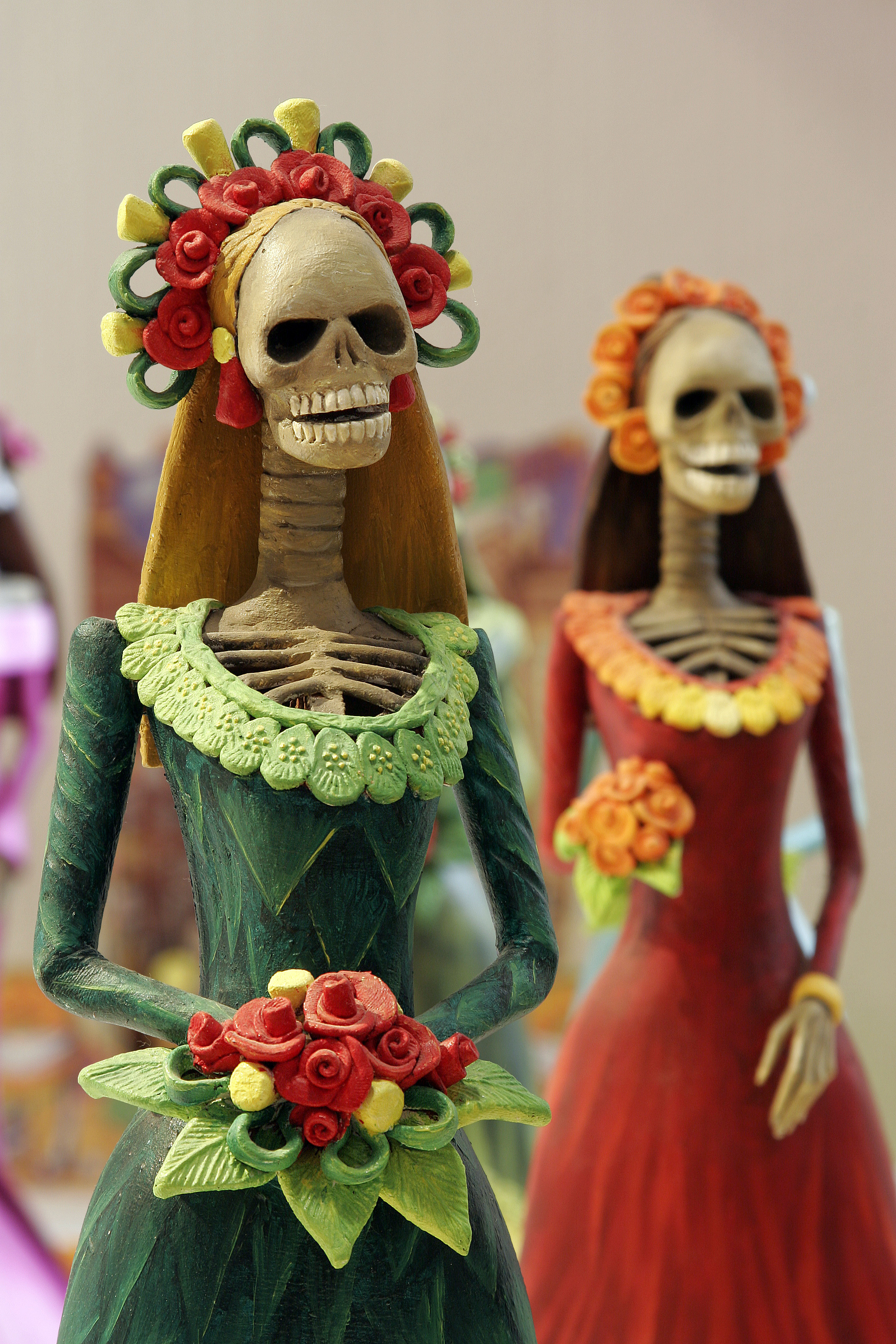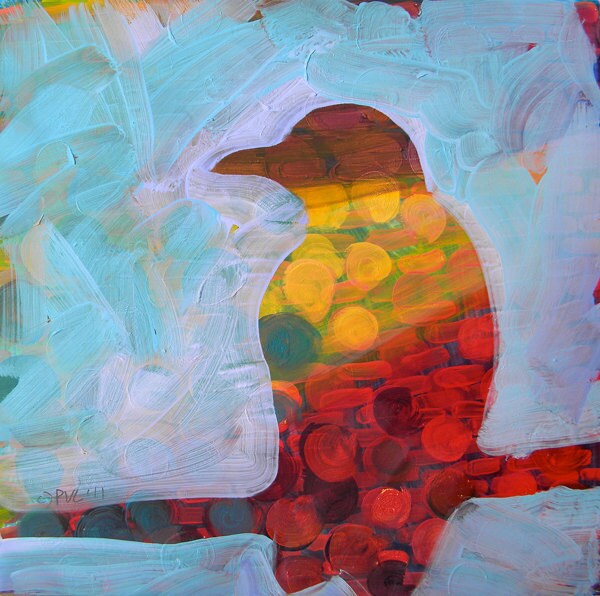Monday, October 29, 2012
T-shirt design
Today we are starting to work on our stenciled t-shirts. Here is a presentation showing the process! Click on the T-shirt Freezer Paper Power Point presentation. We will also watch a youtube video that shows the process.
Wednesday, October 17, 2012
Apple Painting

We'll watch this video today. Every time the instructor in the video says to mix the paint with water, substitute slo-dri. We'll talk about that today too.
Underpainting
Building form by adding Layers
Slo-dri
Final Acrylic Painting
Today you will decide if the color scheme you chose last week is the one you want to use for your final painting.
You need to choose from:
Analogous
Triadic
Complementary
Split-Complementary
Square
Reminders:
You need to choose from:
Analogous
Triadic
Complementary
Split-Complementary
Square
Reminders:
- whichever color scheme you choose, you can add black, white or gray to the colors.
- it usually works best to choose one of the colors in your color scheme to focus on and then use the other colors for accents.
Tuesday, October 16, 2012
Basic color schemes
 |
Complementary colors are really bad for text.


 | Complementary color scheme Colors that are opposite each other on the color wheel are considered to be complementary colors (example: red and green). The high contrast of complementary colors creates a vibrant look especially when used at full saturation. This color scheme must be managed well so it is not jarring. Complementary color schemes are tricky to use in large doses, but work well when you want something to stand out. |
Today you'll learn about these different color schemes (and take notes on them) and why it's important to choose one! Then you'll pick which one you'd like to use for your final painting. Using your chosen color scheme, you'll paint a quick masterpiece in class today.
Making browns
Students have been experimenting with complimentary colors in order to make mustaches on a stick with a variety of browns. Our focus is on covering underpainting, recognizing complimentary colors, and working with a variety of brush sizes. Due today.
color wheel mandala
Students are mixing color wheel mandalas, and are expected to include the true color, a tint, a shade, and also mixed with its compliment. Due on Wednesday.
Thursday, October 4, 2012
Papier Mache
I can't imagine working with papier mache without thinking of the festive skulls that are made to celebrate Day of the Dead in Mexico on November 1st. While there are lots of interpretations of the holiday, I like to think of it as people both celebrating life and the lives of those who aren't still alive.
Wednesday, October 3, 2012
paper mache
For this assignment students are making animal masks, sculpture or taxidermy-like creations mounted on plaques. The focus is on making a sturdy creation, that is imaginative and well done.
Final Watercolor Painting is due on Monday
Students are still working on their watercolor paintings. There are so many awesome pieces of artwork in my room right now. This is the first one completed. Students need to choose 5 of the techniques learned earlier in the semester that would compliment their work.
Acrylic Painting
This is what direction we'll go after our starbursts are completed. Intermediate colors in the first coat. Tints OR shades in the foreground.
Monday, October 1, 2012
Check out this video!
Work with the people in your group to create the 12 colors in the color wheel. Put the colors in order to get your points. Have fun!
Work with the people in your group to create the 12 colors in the color wheel. Put the colors in order to get your points. Have fun!
Subscribe to:
Posts (Atom)





















